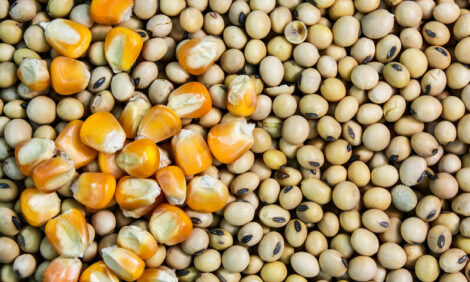



Observe Phenotype to Determine Genotype
US - Phenotype is an individuals observed category or measured level of performance for a trait. Its genotype (genetic merit) and the environment it experiences determine an animal’s phenotype.Because genetic selection and environment – including management – drive expressed levels of performance over time, you can determine if genetic selection and management are working by studying annual changes in observed performance.
The North American Limousin Foundation (NALF) say they have recently examined the breed’s phenotypic trends for the last 10 years to gauge the effects its members’ selection and management decisions were having on calving ease; birth, weaning, yearling and mature-cow weights; and frame size.
“Limousin breeders invest considerable time and resources in documenting performance and using genetic information to make selection and mating decisions,” said Kent Andersen, Ph.D., executive vice president for NALF. “They undertake all of that to serve commercial customers continually with seedstock that deliver more valuable calf crops.”
The Limousin breed has observed essentially no change in its industry-leading calving-ease scores or reasonable birth weights over the last 10 years.
Calving-ease scores indicate 99 percent of mature Limousin dams calved unassisted. Meanwhile, 92 percent of first-calf heifers calved unassisted, and most of the others required only light assistance.
The average birth weight for bull calves remained around 85 pounds, while the average heifer calf continued to tip the scales at around 80 pounds.
“Selection for calving ease and sensible birth weight has been successful based on both phenotypic and genetic trends,” Andersen noted, referring to the breed’s expected progeny differences (EPDs), which are available on the NALF Web site (www.nalf.org).
The organization documented significantly favorable trends in both sexes for weaning and yearling weights. Using 1997 as a benchmark, adjusted weaning weights for 2007-born calves indicate an increase of 40 and 32 pounds for bulls and heifers, respectively. More dramatic are the 97- and 49-pound increases in average adjusted yearling weights for each of the sexes.
Over the same period, the average frame score for both sexes remained around 6.0. Mature-cow weights declined by around 40 pounds.
“Those data indicate Limousin breeders have been successful at improving growth without correlated increases in observed calving difficulty, birth weight or mature-cow weight,” Andersen concluded.
TheCattleSite News Desk


